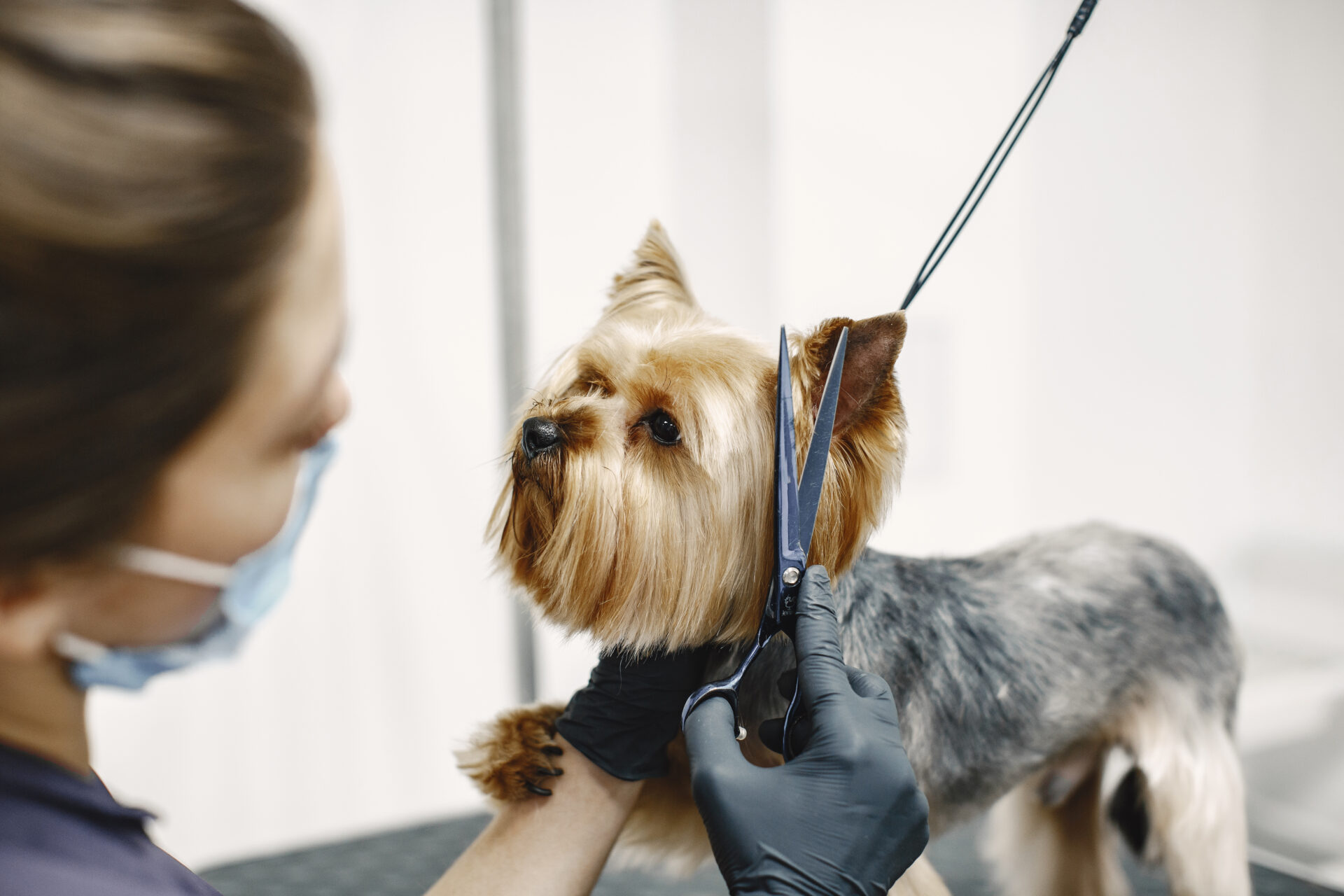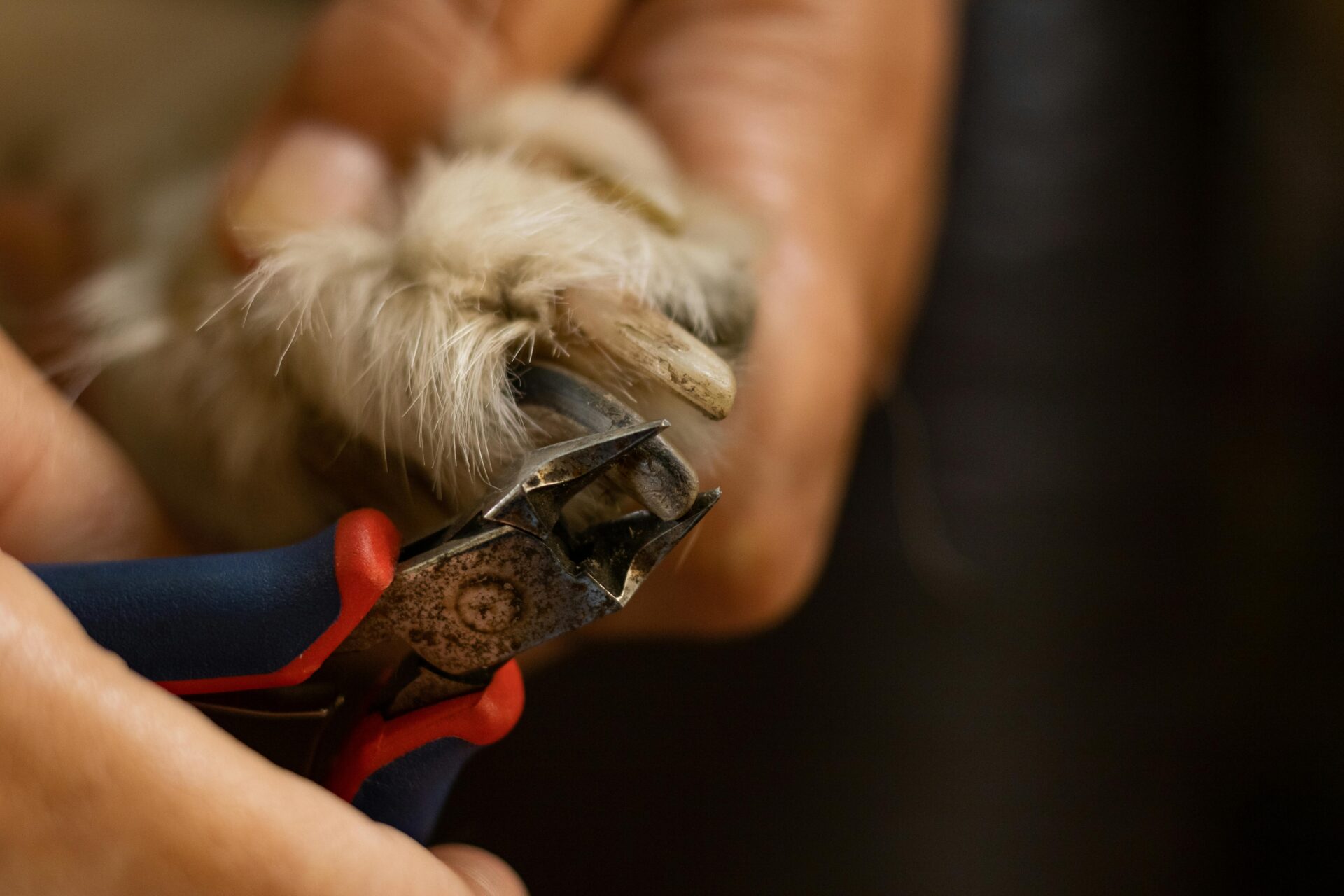Table of Contents
ToggleIntroduction
Embarking on a pet bath adventure can be met with both excitement and trepidation, especially if your furry friend is not particularly fond of water. Fear not! In this comprehensive guide, we’ll not only unravel the secrets of stress-free pet bathing but also explore the reasons behind the importance of this routine for your pet’s overall health and happiness.
Why Is Bathing Important for Pets?
Beyond the apparent goal of a clean and fresh-smelling pet, regular bathing holds numerous health benefits for your furry companion. It helps eliminate dirt, loose fur, and unpleasant odors while also acting as an early detection method for potential skin issues. Furthermore, bath time serves as a bonding experience, strengthening the connection between you and your pet.
Bathing Tips for a Happy Pet
1. Prepare in Advance
Setting the stage for a successful pet bathing session begins with meticulous preparation. Gather all the necessary supplies beforehand – pet-friendly shampoo, towels, a non-slip mat for safety, and treats for positive reinforcement. Having everything at arm’s reach minimizes stress for both you and your pet.
2. Start Slow and Positive
Introduce your pet to the bathing area gradually. Allow them to sniff around, explore, and get acclimated to the environment. Positive reinforcement, be it treats, toys, or verbal praise, can create a positive association with the pet bathing area.
3. Brush Before Pet Bathing
Prior to introducing water, take the time to brush your pet’s coat. This not only removes loose hair and mats but also prevents excess fur from clogging the drain during the bath. It’s a small step that makes a significant difference.
4. Choose the Right Shampoo
Selecting the appropriate shampoo is paramount. Opt for a shampoo specifically formulated for pets, as human shampoos can be harsh on their skin. Consult your veterinarian for recommendations, especially if your pet has specific skin conditions that require specialized care.
5. Use Lukewarm Water
Maintain a comfortable water temperature for your pet. Lukewarm water is ideal to prevent shock and ensure a pleasant experience. Always test the water temperature with your wrist before initiating the bath.
6. Gentle Handling
Throughout the bathing process, handle your pet with care. Use a soothing voice, avoid sudden movements, and provide reassurance. This approach helps keep your pet calm and cooperative.
7. Protect the Ears and Eyes
To prevent water and shampoo from entering sensitive areas, place cotton balls in your pet’s ears and cover their eyes with a washcloth. This simple step safeguards their ears and eyes during the bathing process.
8. Massage and Relax
While applying shampoo, take the opportunity to give your pet a gentle massage. Not only does this distribute the shampoo evenly, but it also adds a relaxing element to the pet bathing experience, turning it into a spa-like session.
9. Rinse Thoroughly
Ensuring a thorough rinse is essential. Residual shampoo can cause skin irritation, so pay extra attention to areas like the belly, armpits, and under the neck. Take your time to guarantee all traces of shampoo are washed away.
10. Post-Bath Rewards
After the bath, celebrate with your pet. Offer treats, praise, and affection. This positive reinforcement reinforces the idea that bath time is not only a necessary routine but also an occasion for joy and reward.
Frequently Asked Questions (FAQs)
1. How often should I bathe my pet?
The frequency of baths varies based on factors such as your pet’s breed, lifestyle, and health. Bathing dogs every four to six weeks is generally beneficial to them. Consult your veterinarian for personalized advice tailored to your pet’s needs.
2. Can I use my shampoo on my pet?
It’s advisable to use a shampoo specifically formulated for pets. Certain ingredients in human shampoos may be damaging to the skin and coat of your pet. Opt for pet-safe products for their well-being.
3. My pet hates water. How can I make bath time more relaxing?
Gradual introduction is key. Allow your pet to explore the bathing area at their own pace. Use positive reinforcement, take it slow, and make the experience enjoyable with treats and praise.
4. Are there specific considerations for bathing cats?
Cats are generally adept at grooming themselves, and frequent baths are often unnecessary. If bathing is required, use a cat-friendly shampoo and ensure a calm environment to minimize stress.
5. Should I trim my pet’s nails during bath time?
While it’s possible to trim your pet’s nails during bath time, it’s often better to separate these activities to avoid stress. However, if your pet is comfortable, you can incorporate nail trimming into the overall grooming routine.
Conclusion
In conclusion, bath time can be a celebration of cleanliness, relaxation, and the bond between you and your pet. By following these tips and embracing the positive aspects of pet bathing, you turn what might have been a dreaded event into a blissful ritual. So, let the water flow, the bubbles rise, and the joy abound – because every pet bathing session can be a moment of pure bliss for you and your furry friend. Happy pet bathing!








